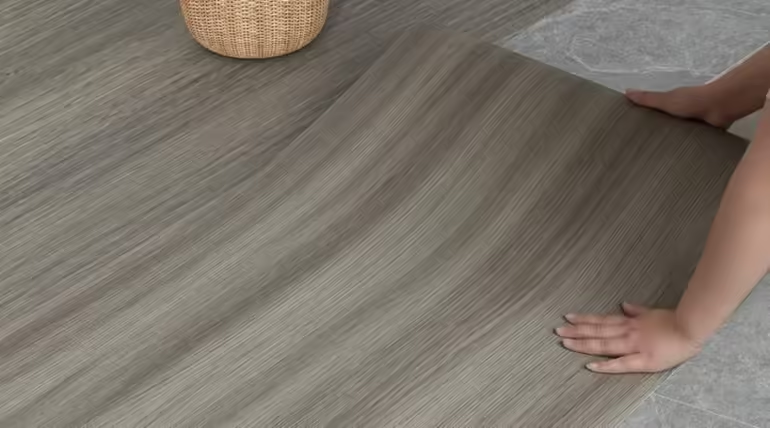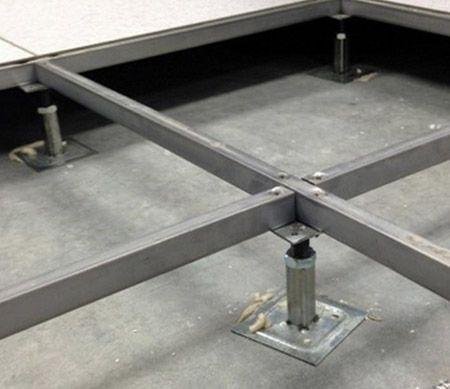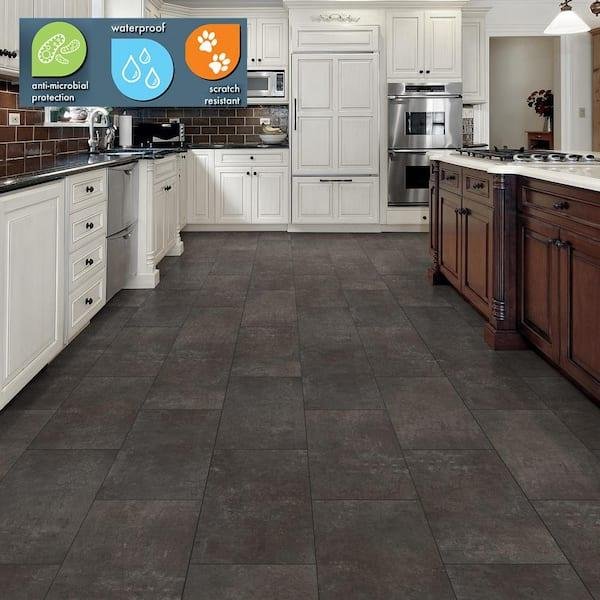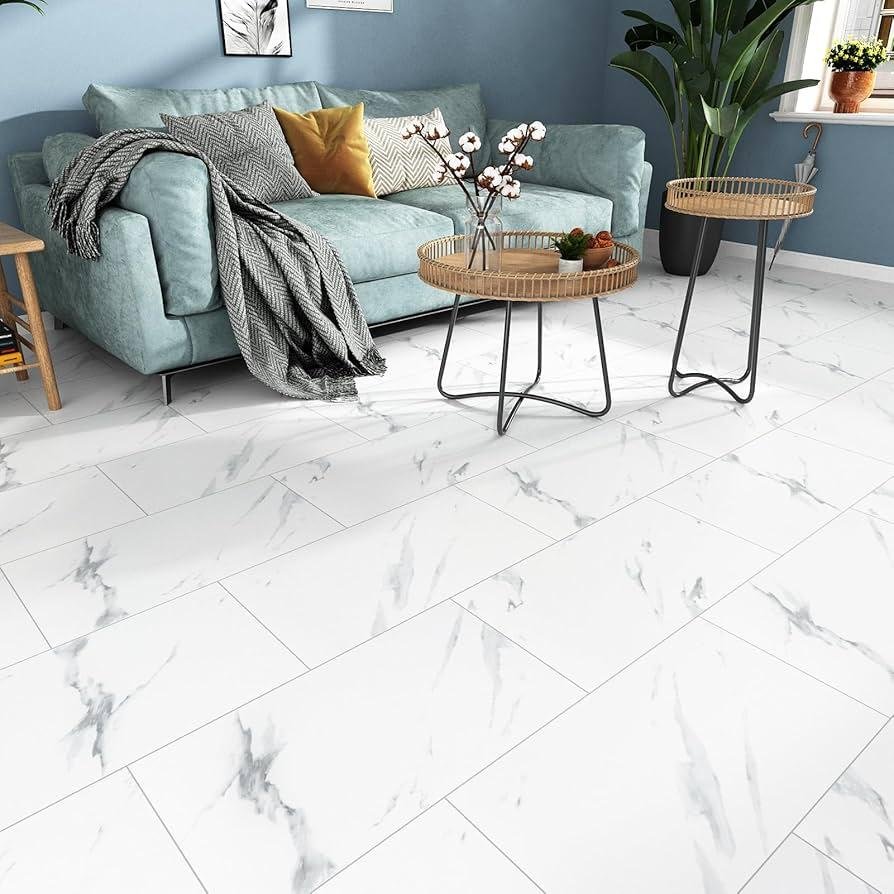
Exploring the Possibilities: Can You Put Vinyl Tile on a Raised Access Floor?
In the ever-evolving landscape of interior design and commercial spaces, raised access floors have emerged as a practical solution for facilitating seamless organization and accessibility of electrical, data, and mechanical systems. Their modular nature allows for flexibility, while the aesthetic choice of flooring can significantly enhance the visual appeal of any room. Among the various flooring options available, vinyl tiles have gained popularity due to their durability, versatility, and ease of maintenance. But can you marry the functional benefits of a raised access floor with the stylish allure of vinyl tile? In this article, we will dissect this intriguing question, exploring the compatibility, installation processes, and design considerations involved in laying vinyl tiles over raised access flooring. Join us as we navigate the intersection of practicality and style, uncovering whether this pairing is not only feasible but also beneficial for your next project.
Table of Contents
- Understanding Raised Access Floors and Vinyl Tile Compatibility
- Benefits of Installing Vinyl Tile on Raised Access Flooring
- Preparation and Installation Tips for a Successful Project
- Maintenance and Longevity: Caring for Vinyl Tile on Raised Access Floors
- Q&A
- In Conclusion

Understanding Raised Access Floors and Vinyl Tile Compatibility
Raised access floors offer a versatile solution for modern spaces, especially in commercial environments where adaptability is key. These systems consist of modular panels that create an underfloor space, allowing for easy routing of electrical and data cables. When it comes to flooring options, vinyl tile can serve as an excellent choice for raised access floors, depending on the configuration and installation style. However, certain considerations must be addressed to ensure compatibility:
- Weight Distribution: Ensure that the vinyl tile can handle the weight without compromising the integrity of the access floor.
- Adhesive Selection: Choosing the right adhesive is crucial, as it needs to bond effectively while allowing for potential future removal.
- Panel Height: The thickness of the vinyl tile and the overall height of the panel can affect transitions and accessibility.
Additionally, it’s essential to consider the thermal conductivity and acoustics of the vinyl tile. Some varieties are designed to enhance sound absorption, making them suitable for busy office environments. Before proceeding with installation, it is wise to perform a compatibility check with the specific type of raised floor system in place. Below is a simplified overview for reference:
| Vinyl Tile Type | Compatibility Features |
|---|---|
| Interlocking Tiles | Easy installation, removable |
| Glue-Down Tiles | Secure fit, permanent options |
| Luxury Vinyl Plank | Water-resistant, stylish appearance |

Benefits of Installing Vinyl Tile on Raised Access Flooring
Installing vinyl tile over a raised access floor offers a myriad of advantages that seamlessly blend functionality and aesthetics. Durability stands out as a primary benefit; vinyl tiles are resistant to scratches, dents, and stains, ensuring a long-lasting surface that can withstand the high foot traffic often found in commercial environments. Additionally, maintenance becomes a breeze with vinyl flooring—requiring only basic cleaning to maintain its appearance, which can significantly reduce the time and resources spent on upkeep. The inherent water resistance of vinyl tiles also provides a protective layer against spills and moisture, making them particularly suitable for offices or areas with high humidity.
Another notable benefit is the variety of design options available, enabling businesses to create customized, inviting spaces that reflect their branding. Whether opting for a sleek, modern look or a more traditional feel, vinyl tiles come in numerous styles, colors, and textures. Furthermore, their comfort underfoot enhances the overall experience in a workspace—ideal for environments where employees spend long hours standing. Lastly, the installation process is relatively quick and straightforward, meaning minimal disruption to daily operations while still achieving a professional finish. Given these advantages, choosing vinyl tiles for raised access flooring is a practical and stylish solution.

Preparation and Installation Tips for a Successful Project
To ensure a seamless installation of vinyl tile on your raised access floor, meticulous preparation is crucial. Start by ensuring the subfloor is clean and dry. Any dust, debris, or moisture can hinder adhesion and lead to an uneven surface. It’s advisable to conduct a moisture test to guarantee the substrate is suitable for vinyl installation. Additionally, check for any damage or inconsistencies in the floor panels themselves; any loose or sagging panels should be repaired or replaced to provide a solid foundation for your tiles.
Next, consider the type of adhesive that best suits your vinyl tiles, as proper adhesion is paramount for longevity and performance. There are different adhesives available, including pressure-sensitive and full-spread options. Depending on the environment, such as whether it’s a high-traffic area or exposure to humidity, choose an adhesive that can withstand these conditions. An organized installation process can greatly enhance efficiency:
- Plan your layout to minimize waste.
- Use a chalk line for straight cuts and alignments.
- Avoid exposing the tiles to extreme temperatures before installation.
By following these steps, you’ll lay the groundwork for a successful and aesthetically pleasing project.

Maintenance and Longevity: Caring for Vinyl Tile on Raised Access Floors
To ensure that your vinyl tile on raised access floors remains in top condition, it’s essential to implement a regular maintenance routine. Regular sweeping or vacuuming is crucial to remove dirt and debris, preventing scratches and wear. Additionally, mopping with a gentle, pH-neutral cleaner helps to maintain the tile’s luster while protecting it from harsh chemicals that may degrade the material over time. Consider the following tips for effective upkeep:
- Avoid excess water: Vinyl tiles can absorb moisture, leading to potential damage to the underlying floor.
- Use furniture pads: Place pads under furniture to prevent scratches and dents.
- Address spills immediately: Clean any spills promptly to avoid slip hazards and staining.
In addition to routine cleaning, periodic inspections can enhance the longevity of your vinyl tiles. Look for any signs of wear, such as scratches or discoloration, and take proactive measures to address them. If you notice any tiles lifting or loosening from the base, it’s advisable to consult a flooring specialist. Here’s a simple table with best practices for inspecting your vinyl tile:
| Inspection Aspect | Recommended Action |
|---|---|
| Surface Condition | Check for scratches, stains, and discoloration. |
| Tile Adherence | Gently lift loose tiles and reapply adhesive. |
| Joint Integrity | Inspect joints for gaps and repair as needed. |
Q&A
Q&A: Can You Put Vinyl Tile on a Raised Access Floor?
Q1: What exactly is a raised access floor?
A: A raised access floor consists of a grid of pedestals supporting panels that create a space between the structural floor and the finished floor surface. This space is typically used for routing electrical and data cables, plumbing, or HVAC systems.
Q2: Can vinyl tile be installed directly onto a raised access floor?
A: Yes, vinyl tile can be installed on a raised access floor. However, it’s essential to consider the type of vinyl tile and the surface of the floor panels. You’ll want to ensure that the panels are clean, level, and suitable for adhesive application if you choose to use glue-down vinyl tiles.
Q3: What types of vinyl tiles are best for this application?
A: For raised access floors, luxury vinyl tiles (LVT) or vinyl composition tiles (VCT) are typically recommended. These types provide durability and can withstand the weight of foot traffic while maintaining their appearance over time.
Q4: Are there any limitations or considerations when using vinyl tiles?
A: Yes, a few considerations include the weight of the tiles, the flexibility of the panels, and potential changes in the floor’s height. You’ll also want to assess any warranty implications for the raised access floor system when installing new flooring on top.
Q5: What installation methods are recommended for vinyl tiles on raised access floors?
A: The installation largely depends on the type of vinyl tile being used. Glue-down methods are common for VCT, while interlocking tiles can be an excellent choice for quick installation without the need for adhesive. Loose lay options may also be considered for ease of access to the space underneath.
Q6: Can I remove and replace vinyl tiles easily on a raised access floor?
A: Yes! One of the significant benefits of raised access floors is the ease of accessibility for maintenance. Depending on the installation method, replacing a damaged tile can be a straightforward process, making it simple to keep the floor looking pristine.
Q7: How does the choice of vinyl tile affect the overall look and feel of the space?
A: Vinyl tiles come in a wide variety of designs, colors, and textures, allowing for numerous aesthetic configurations. Selecting the right vinyl tile can significantly enhance the design of the space, offering a professional look that complements the surrounding environment.
Q8: Are there any special maintenance considerations for vinyl tiles installed over a raised access floor?
A: Routine maintenance includes regular cleaning and occasional inspections for wear or damage to ensure longevity. Depending on the humidity and airflow in the area, it’s also wise to monitor and maintain the environment underneath the raised access floor to prevent mold or deterioration.
Q9: Is there anything else I should keep in mind before proceeding with this installation?
A: It’s crucial to consult both the vinyl tile manufacturer’s guidelines and the raised access floor’s specifications. You may also want to engage with a flooring professional who has experience with both materials for the best results and compliance with warranty requirements.
Whether you’re looking to enhance aesthetics or facilitate easier access to underlying systems, understanding the relationship between vinyl tiles and raised access floors is vital to making informed design decisions.
In Conclusion
installing vinyl tile on a raised access floor is not just a matter of aesthetics but a thoughtful decision that can enhance functionality and flexibility in your space. By considering the weight, compatibility, and potential for moisture, you can achieve a seamless integration that meets both practical needs and design aspirations. As you navigate the options, remember that the key lies in balancing style with suitability, ensuring that your installation not only looks great but also serves its purpose effectively.
Ultimately, the choice to use vinyl tile on a raised access floor boils down to your specific requirements and preferences. With careful planning and execution, you can transform your environment into one that is not only visually appealing but also adaptable to future changes. Whether for a commercial project or a personal space, the right approach to flooring can lay a solid foundation for creativity and innovation. So, as you embark on your flooring journey, keep these insights in mind and let your vision for the space come to life!

